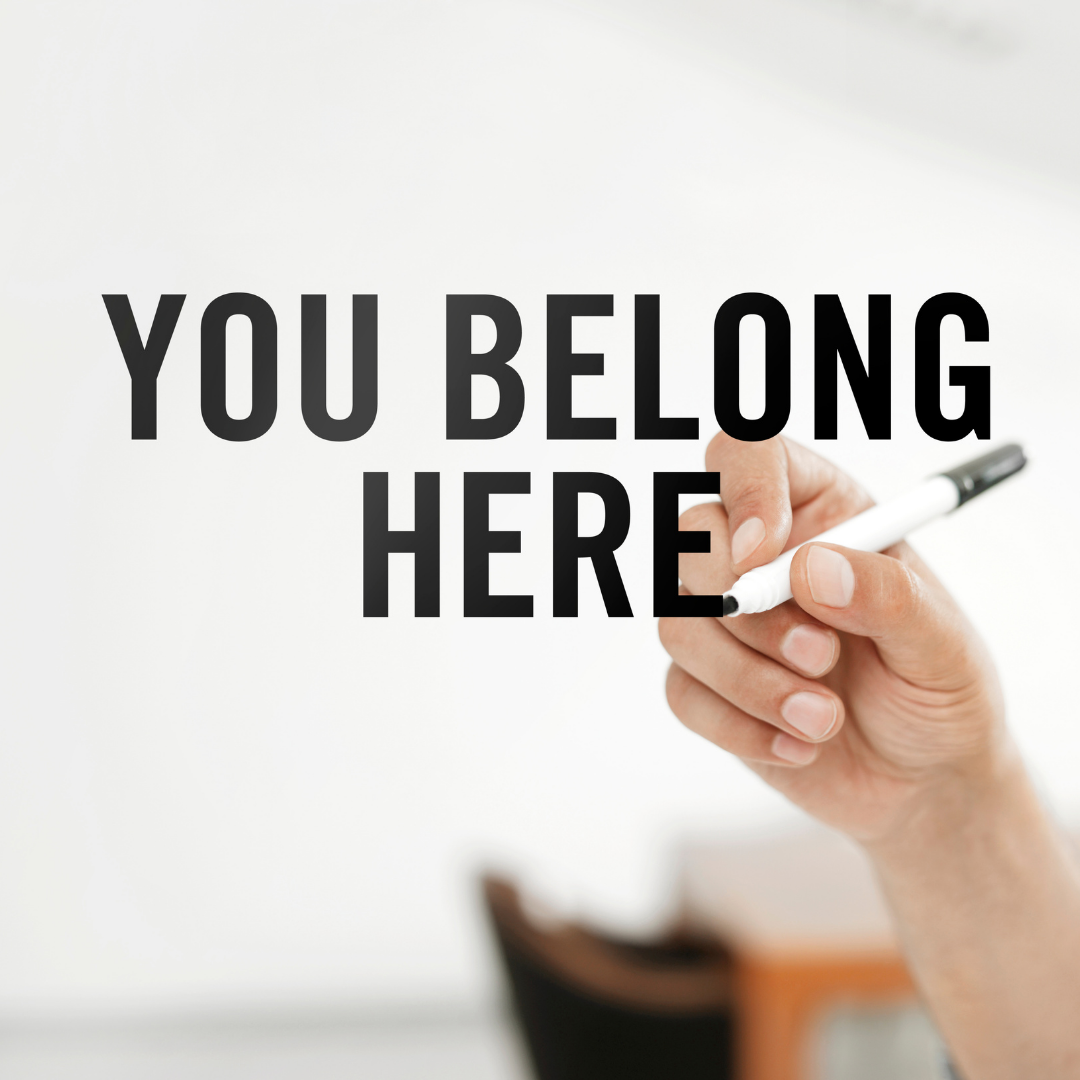For more than 10 years, I’ve worked as a social media strategist. During this same time, I’ve also worked as an adjunct professor and now a full-time lecturer. Before I started my own company, I worked at non-profits, small businesses, and schools.
My experience working across industries, helping a variety of clients better optimize their online presence has instilled in me a firm commitment to the customer experience. For many years, I wrote about the customer experience for CMSWire, in which I examined how businesses can extend their touchpoints beyond brick and mortar and into the online experience to support the customer through their journey from awareness to purchase and beyond.
And what I’ve learned is that the customer experience isn’t just for customers. The processes we use to ensure that prospective customers and current customers receive a consistent experience whether they’re in-store, online, or engaging through email, phone, or social media, are also effective when managing employees, working with colleagues, or teaching students. Especially now, as we navigate our professional careers in an era of remote working.
I’ve worked remotely for years — in fact, when I worked at CMSWire, I never once met my colleagues in person. Since starting the Strategic Peacock, I’ve worked with clients in different time zones, without having to convene more than a conference call. And whether you prefer working in person or virtually, maintaining an effective customer experience is something that benefits us all.
When I work with my clients or teach my students, my priority is to provide them with a great experience, in which people are respected, listened to, and supported. I might be a subject matter expert, but if I am unable to offer them an environment where it’s safe to make mistakes, ask questions and be comfortable learning new information, my expertise doesn’t matter much.
Online communication — whether it’s social media, engaging with a chatbot, emailing, texting, or Zooming — is not everyone’s favorite thing. For customers, it can be hard to navigate; for small business owners, it can be overwhelming or cumbersome to manage; for colleagues, it can be a challenge to effectively articulate what they want when they want it; and for students, it can be difficult to understand expectations. What they all have in common is vulnerability. When people are vulnerable, they freeze, retreat inwards, and lose confidence to engage. My responsibility as an online communications strategist is to offer a safe space where questions can be asked and expectations are clearly identified and supported. In other words, I make sure to provide a customer experience that is consistent and empowering.
Consistency builds trust. Trust builds loyalty. Any marketer knows this. But we seldom apply this to our internal relationships. This didn’t really stand out to me until I started teaching. In any academic discussion group or faculty room, you’ll hear complaints about how students never read the syllabus, or fail to meet deadlines, or engage in the classroom. And if you’re new to the conversation, you can quickly become discouraged by these behaviors and begin to wonder, “what’s wrong with students today?!”
But if you replace student with the word customer, the way we react to these behaviors changes.
Can you believe the customer didn’t read the terms and conditions of the agreement? Of course — those things are written by lawyers, not customers. We need to simplify it for the customer so they understand it.
Many customers commented that they missed out on our latest deal. Let’s extend it so more people can benefit from the promotion.
The customer didn’t participate in our live chat/social media/respond to our advertisement. We have to understand the audience in order for us to deliver content that is relevant and interesting. Let’s try rewriting the copy or offering a value-add experience.
Successful brands don’t mock their customers for not appreciating their product; they go out of their way to make them feel respected, listened to, and supported.
This isn’t to suggest that the customer is always right, either. Being able to assert your expertise on a topic is important. However, this is an argument in favor of applying the elements of customer experience to all of our interactions. If you’re in a position of leadership, it will serve you well to understand the journey your employees or students take so you can optimize the touchpoints to deliver a consistent, supported, and empowering experience.
We know that a good customer experience can override a bad product experience. “This product didn’t arrive on time or didn’t work well, but they offered to send me a new one for free or refunded me for shipping costs, so in the end, I was very happy with my experience.” Not everything in our professional lives is going to go well, but if we’re supported in our endeavors, chances are we’ll view our overall experience as favorable. Imagine if we all felt respected, listened to, and supported at work or in the classroom — it would be amazing! We can create those experiences right now.
Throughout my classes and client meetings, I stop regularly to ask my students and clients if what I’m saying makes sense and if they have questions, or if I need to clarify something. It’s an opportunity to approach things from their perspective. After all, if they don’t understand what I’m talking about, it’s not beneficial. It’s not about how I teach or what I know, but about how they learn. Once I understand their journey, I can customize the content I present to them in a way that is relevant and interesting and hopefully empowering.
The customer experience isn’t just for customers. The more we accept and understand this, the more all our touchpoints and interactions can become more meaningful, deliberate attempts to actually connect and learn from one another.

